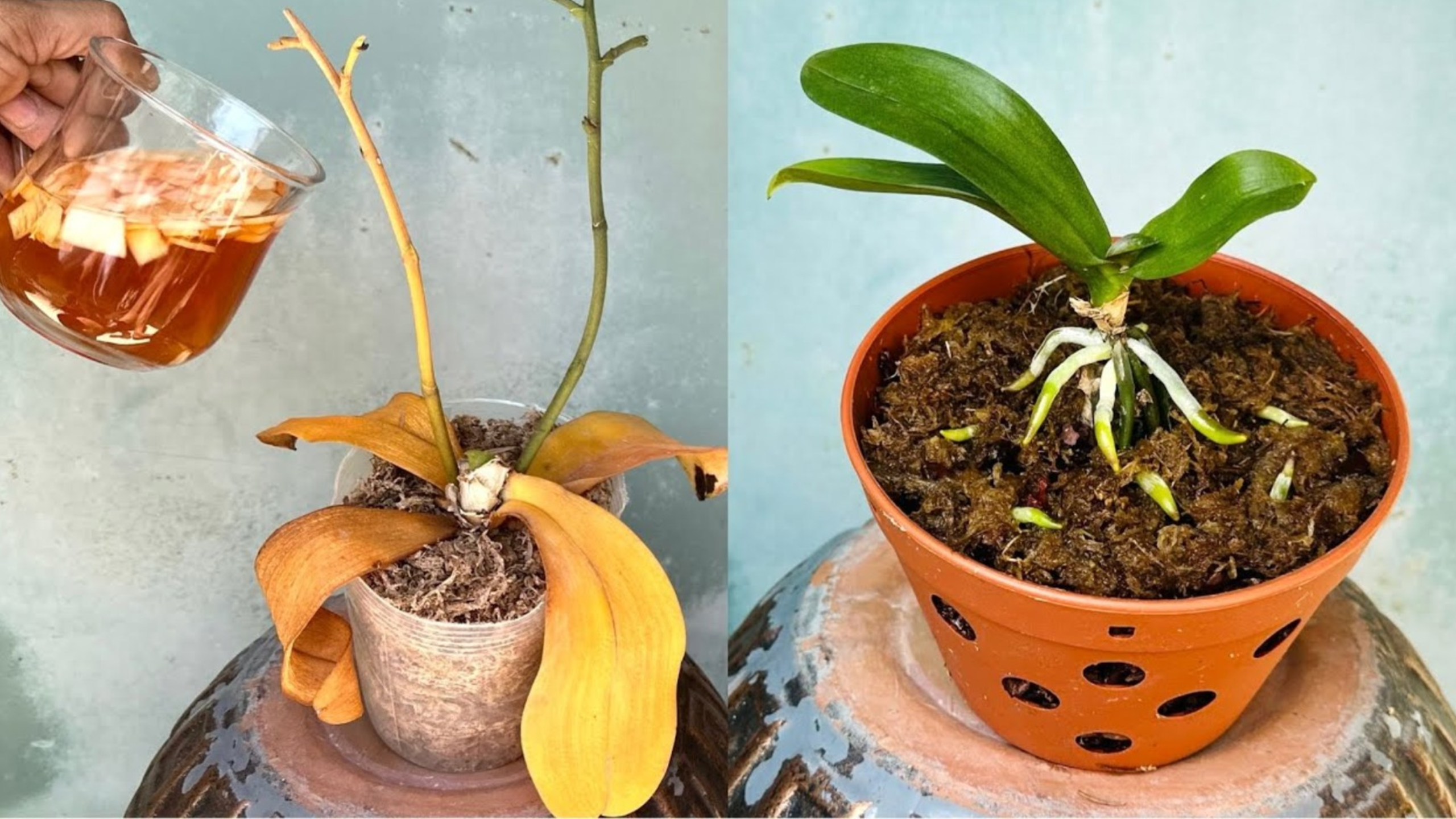Have your plants been struggling to produce those vibrant, colorful blooms? If so, you’re not alone. Many plant enthusiasts face the frustrating challenge of getting their green friends to flower deviously. The good news? There’s a simple, inexpensive solution that can transform your plants — and it costs just 30 cents!
Continue reading to discover a secret recipe that invites lush, fragrant, and eye-catching flowers to flourish in your home or garden. We’ll explore why plants often don’t bloom and how this natural fertilizer can turn things around, all while answering common questions along the way.
Why Do Some Plants Fail to Flower?
Have you noticed your plant thriving in foliage but stubbornly refusing to blossom? This is a common issue faced by many gardeners, especially beginners.
But what causes this?
Multiple factors influence a plant’s ability to bloom:
- Insufficient light: Most flowering plants need direct or strong indirect sunlight. Without adequate light, blooms may be rare or nonexistent.
- Incorrect watering: Too much or too little water can stress the plant and inhibit flowering.
- Poor soil conditions: Some plants require specific soil types rich in nutrients.
- Lack of nutrients: A deficiency in specific minerals, like phosphorus, can halt bud development and flowering.
Understanding these needs is vital. Often, plants may be perfectly healthy in their foliage but simply lack the right nourishment or environment to produce flowers.

The Importance of Proper Care
Caring for flowering plants isn’t a matter of luck; it’s about following basic principles:
- Know your plant: Each species has specific requirements for light, water, and soil.
- Provide adequate lighting: Place your plants where they get natural sunlight, based on their needs.
- Maintain suitable watering routines: Avoid overwatering or letting the soil dry out completely.
- Use the right soil: Some plants need acidic soil, others alkaline — research your specific plant.
- Regular feeding: Fertilizing can be critical, especially during blooming periods.
However, even with proper care, some plants just need an extra boost to start flowering. That’s where this affordable, natural solution comes into play.
A Secret Recipe for Blooms: Just 30 Cents!
Imagine being able to coax your stubborn plants into bursting into vibrant, fragrant flowers. It sounds too good to be true, but with this homemade fertilizer, it’s entirely possible — and budget-friendly!
The key ingredient?
Seeds of pumpkin (or squash), which are widely available in supermarkets, markets, or even your backyard if you grow your own.
Here’s how to prepare this natural fertilizer:
Ingredients:
- About 500 grams of pumpkin seeds (roughly half a kilogram)
- Clean water
Instructions:
- Wash and crush the seeds: Rinse thoroughly to remove dirt, then crush or grind them into smaller pieces.
- Boil the seeds: Place the crushed seeds in a pot with enough water to cover them. Boil for about 10 minutes.
- Let it cool: After boiling, allow the mixture to cool down.
- Strain and store: Pour the cooled mixture into a plastic bottle or container. For easy application, use a bottle with small holes or a cork to create a simple spray.
Why pumpkin seeds?
Pumpkin seeds are rich in phosphorus, potassium, magnesium, and vitamin E, which all play crucial roles in plant health, promoting vigorous flowering.
How to Use Your Homemade Fertilizer
Apply this natural solution about 2-3 times a month during the flowering season. Spray it directly onto the soil around the base of the plant or onto the leaves for absorbed nutrients. Notice how your plants begin to respond within a few weeks!
Pro tip: Keep track of your plants’ blooming patterns; often, a little extra attention combined with this fertilizer can make a significant difference.
Why This Works
Pumpkin seeds as a fertilizer aren’t just a myth — they’re a natural, eco-friendly way to provide essential nutrients without chemicals. Because they’re natural compost and rich in vital minerals, they stimulate the roots and encourage buds to develop into beautiful flowers.
For just 30 cents, you’re creating a powerful boost for your garden. Imagine the savings compared to commercial fertilizers while still achieving impressive results!
Beyond the Bloom: Additional Tips
- Combine with routine care: Use this fertilizer along with proper watering, lighting, and soil management.
- Complement with organic matter: Adding dried leaves or compost can further enhance plant health.
- Repurpose used coffee grounds: As other gardeners have reported, used coffee powder mixed in water can also favor flowering and plant vigour.
- Grow your own pumpkins: If you love gardening, consider planting your own pumpkin patch. Not only do you get the seeds for fertilizer, but also delicious fruits!
Join the Community of Happy Gardeners
Many readers are already experimenting with these tips and sharing their amazing results. From thriving orchids to beautiful garden beds, everyone’s plants are blossoming with just a little effort and a few cents.
Here are some comments from fellow garden enthusiasts:
- “Wow! I’m going to try this. Can’t wait to see my plants bloom!”
- “I love how simple and affordable this trick is. My garden has never looked better!”
- “Using pumpkin seeds as fertilizer? Genius! My plants are thriving now.”
Final Thoughts
If you’ve been frustrated by your plants not flowering, don’t despair. With a small investment of time and only 30 cents in seeds, you can give your plants the nutrients they need to produce stunning blooms. Remember, healthy, well-nourished plants are happier and more beautiful.

